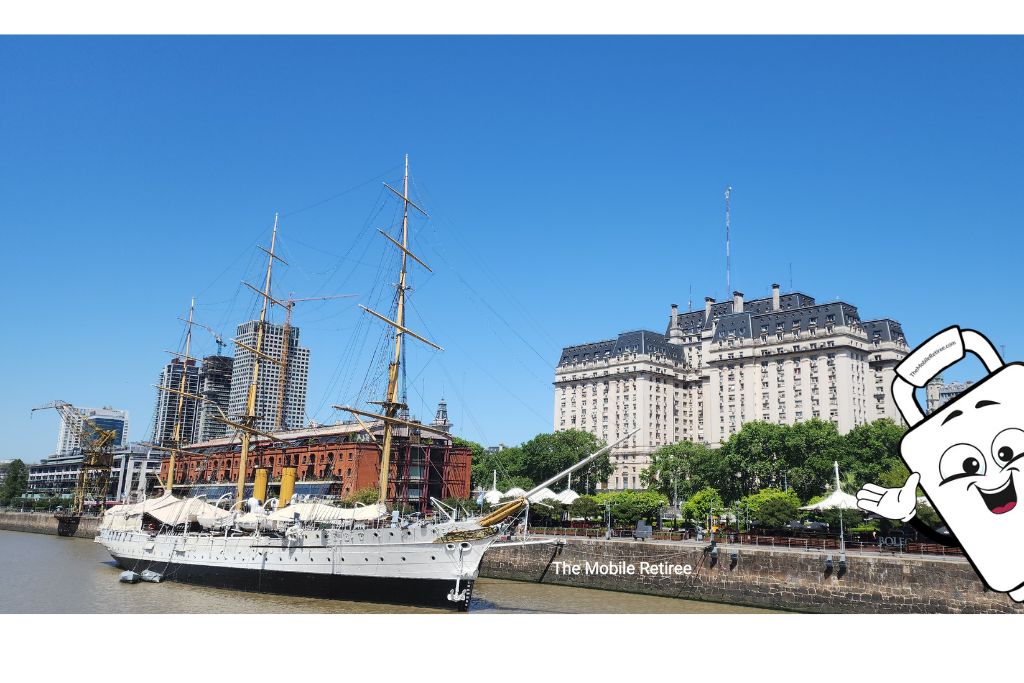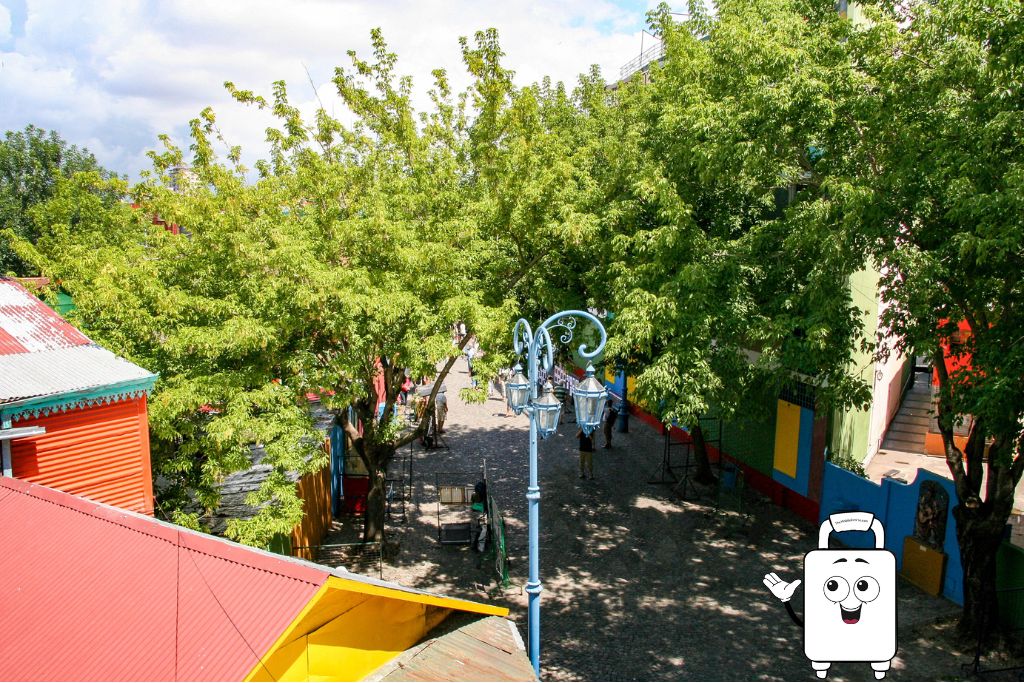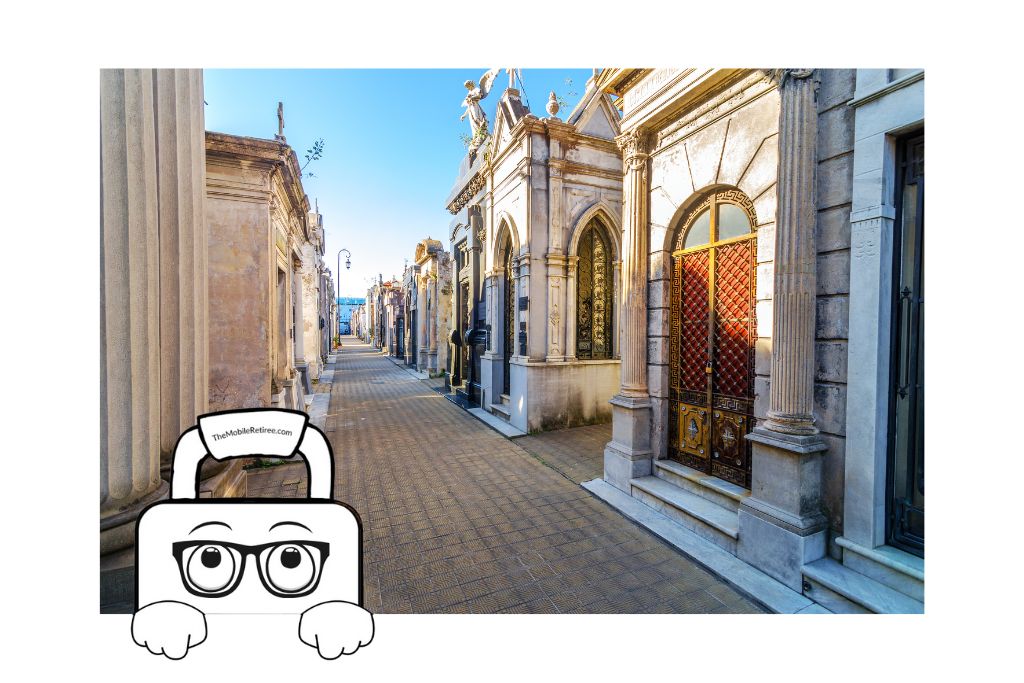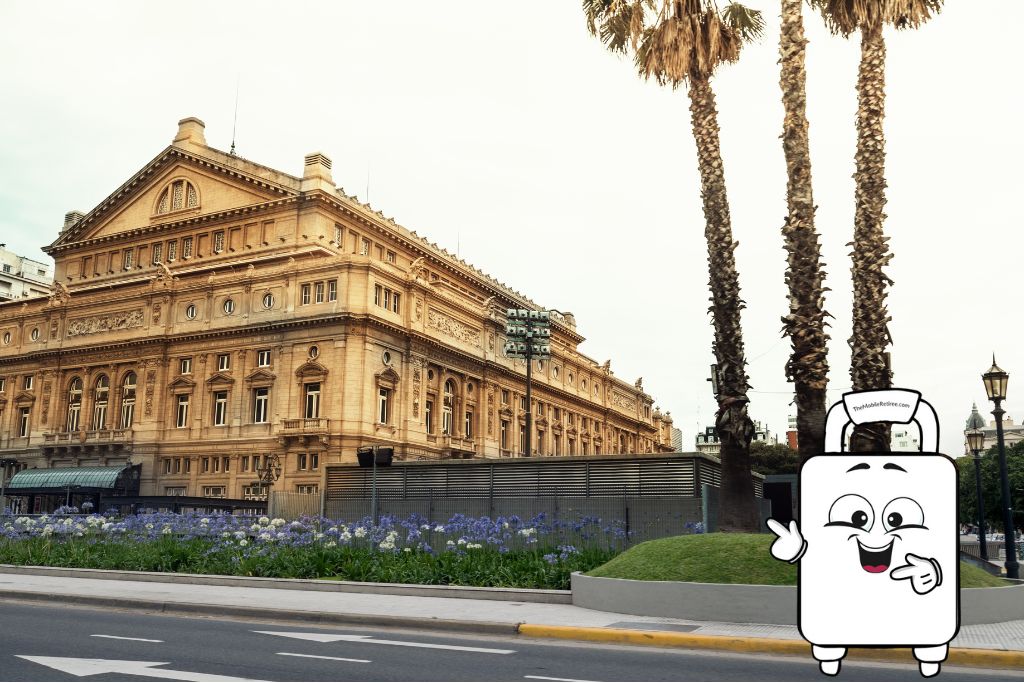11 Reasons Why Buenos Aires Is Worth Visiting & Why It’s Not
As full-time travelers preparing for our first visit to Buenos Aires, we spent countless hours researching Argentina’s vibrant capital city to answer the question: “Is Buenos Aires worth visiting?”
We consulted with other travel blogs, official tourism websites, local recommendations, and conversations with both travelers and residents, to discover 11 reasons why Buenos Aires is worth visiting and (maybe?) why it’s not.
This UNESCO City of Design captivates visitors with its wide, tree-lined boulevards, world-class cultural venues like the Teatro Colón, and rich historical landmarks such as the iconic Casa Rosada.
However, like any major city, Buenos Aires presents both opportunities and challenges for visitors. Drawing from our in-depth research and preparation for our upcoming extended stay, we’ll share an honest assessment of what makes Buenos Aires both appealing and potentially challenging for travelers. This guide will help you decide if Buenos Aires is worth visiting and why it might not belong on your travel itinerary.

Is Buenos Aires Worth Visiting?
For travelers from North America, reaching Buenos Aires requires a significant investment of time and money – flights from the US can take 10+ hours and often involve layovers. However, as we prepare for our extended stay, our research suggests that Buenos Aires offers a compelling blend of experiences that make it worth the journey for many travelers. The city stands out for its unique fusion of European architecture and Latin American culture, world-class cultural institutions like the Teatro Colón (ranked among the top three opera houses globally), and its reputation as the birthplace of tango.
What makes Buenos Aires particularly appealing is its accessibility for English-speaking visitors compared to many South American destinations, though basic Spanish skills are still valuable. The city boasts an efficient public transportation system, including six subway lines and extensive bus networks, making it easy to explore its diverse neighborhoods. While current economic conditions have created some challenges, including varying exchange rates and occasional political demonstrations, these same factors can make Buenos Aires surprisingly affordable for international visitors who plan carefully.
That said, Buenos Aires might not be the best choice for travelers seeking a quick weekend getaway or those uncomfortable with big city dynamics. Like any major metropolitan area, it requires street smarts and awareness, particularly regarding pickpocketing in tourist areas. Additionally, adjusting to local customs – such as extremely late dinner times (after 9 PM) and the reversed seasons of the Southern Hemisphere – might challenge some visitors. However, for those willing to embrace these cultural differences and invest the time to explore, Buenos Aires rewards with rich cultural experiences, stunning architecture, vibrant art scenes, and world-class cuisine at relatively affordable prices.
11 Great Reasons To Visit Buenos Aires, Argentina
Buenos Aires captivates visitors with its unique blend of European grandeur and Latin American spirit. From world-class cultural venues to vibrant street art, historic neighborhoods to cutting-edge cuisine, here are ten reasons why Argentina’s capital deserves a spot on your travel itinerary.
1. Marvel at European-Style Architecture
Buenos Aires boasts a mix of European-inspired architecture, from neoclassical mansions to Art Deco buildings. Wander along Avenida de Mayo or visit the Metropolitan Cathedral for an architectural journey through time.

2. Taste Argentine Asado and Malbec
A visit wouldn’t be complete without experiencing Argentine parrillas (steakhouses) and sipping local Malbec wine. Head to Palermo or San Telmo for the best spots to indulge in asado, grilled to perfection.
3. Enjoy the vibrant street art
The city is essentially an open-air gallery, where colorful murals cover entire neighborhoods, reflecting local culture, politics, and history. Guided street art tours through areas like Palermo and Colegiales reveal works by both Argentine and international artists, each with a unique style and message. Unlike traditional galleries, these murals provide an ever-evolving, immersive way to experience Buenos Aires’ creative and expressive urban culture.
4. Amazing weather
Buenos Aires enjoys a moderate climate year-round, with hot summers and mild winters. Summer (December to February) brings average highs around 86°F (30°C), perfect for outdoor activities, but humidity can be high. Winters (June to August) are cool, with temperatures rarely dropping below 45°F (7°C), making it a comfortable time for sightseeing without crowds. Spring (September to November) and fall (March to May) are ideal for a visit, as temperatures are pleasant, parks are in bloom, and festivals are common.

5. Walk the Colorful Streets of La Boca
La Boca is famous for its vibrant buildings and the artsy Caminito street. With street performers, tango dancers, and colorful murals, it’s a lively area full of personality. Stop by La Bombonera stadium if you’re a soccer fan.

6. Visit Recoleta Cemetery’s Unique Mausoleums
The ornate mausoleums in Recoleta Cemetery make it a must-visit for architecture and history lovers. Wander past elaborate tombs and discover resting places of iconic figures, including Evita. It’s both a serene and fascinating experience.

7. Explore San Telmo Market’s Charm
The Sunday San Telmo Market is bustling with unique shops, local artisans, and food vendors. Try a choripán (Argentine sausage sandwich) and enjoy live music as you browse antiques and handcrafted souvenirs.
8. Experience Tango Like a Local
Buenos Aires is the birthplace of tango, and the city offers countless ways to immerse yourself in it. Attend a tango show, take a lesson, or watch locals perform at Plaza Dorrego for a quintessential Buenos Aires experience.
9. Tour the Stunning Teatro Colón
Known for its world-class acoustics and ornate architecture, Teatro Colón is among the best opera houses globally. Take a guided tour to admire its gold leaf detailing, chandeliers, and stained-glass domes.

10. Enjoy a Boat Ride in Tigre Delta
Just outside the city, Tigre Delta offers a scenic escape with canals, riverside homes, and museums. Take a boat tour to soak in the views or explore Puerto de Frutos, a quirky artisan market by the water.
11. Take Advantage of Tax-Free Shopping and Accommodation Refunds
As a tourist, you can enjoy a VAT refund on accommodation, meaning you get 21% off the listed price (if tax is included). Plus, with Buenos Aires’ fantastic shopping options, tax-free purchases on goods make it even more appealing.
Why Not To Visit Buenos Aires
Buenos Aires may not be the best fit for every traveler, particularly those looking for a quick or relaxing getaway. It’s a big, bustling city where navigating the busy streets and crowded areas can be overwhelming. Costs can add up, especially with the unpredictable exchange rates and city taxes that aren’t always clear upfront. Plus, the city’s unique lifestyle, like late-night dining (often past 9 PM) and reversed seasons, can be challenging to adjust to. And as with any major city, petty crime like pickpocketing is a reality in busy tourist zones, so it requires a certain level of street awareness.
FAQs
Is Buenos Aires good for tourists?
Absolutely! Buenos Aires offers diverse attractions, from historical neighborhoods like San Telmo to tango shows, vibrant markets, and fantastic food. While big-city awareness is needed, it’s generally a welcoming and culturally rich destination.
How many days do you need in Buenos Aires?
Four to five days is ideal for first-time visitors. This allows time to explore major neighborhoods, visit key landmarks, and soak in the city’s culture without rushing.
Is Buenos Aires a walkable city?
For goodness sakes, if you’re not used to driving in a BIG city do not attempt to drive yourself in Buenos Aires. Buenos Aires is very walkable! Many main attractions are accessible on foot, especially in central neighborhoods like Palermo, Recoleta, and San Telmo. The city also has reliable public transport if needed.
Do people speak English in Buenos Aires?
While you might find a few people in the tourism sector that speak some English, it’s helpful to know basic Spanish phrases. Taxi drivers, smaller restaurant staff, and local shops often rely on Spanish only.
Conclusion
Buenos Aires is a dynamic city with a compelling mix of charm and challenges, perfect for travelers who seek vibrant cultural experiences, culinary delights, and architectural splendor. However, it’s essential to weigh the city’s unique aspects, like the late dining culture, the need for street smarts, and navigating occasional economic fluctuations. For those prepared to embrace its big-city energy, Buenos Aires promises a memorable, colorful adventure. Whether it’s the bustling markets, tango rhythms, or scenic boulevards, the city has something to captivate any intrepid traveler.
You might also be interested in:
- Buenos Aires Travel Guide
- Is The Water Palace in Buenos Aires Worth a visit?
- Buenos Aires Santiago Bus: Why You Should Take the Bus
- How We Spent Two Months in Buenos Aires on a $5,200 Budget: Full Breakdown of Costs and Daily Life
- 11 Reasons Why Buenos Aires Is Worth Visiting & Why It’s Not

